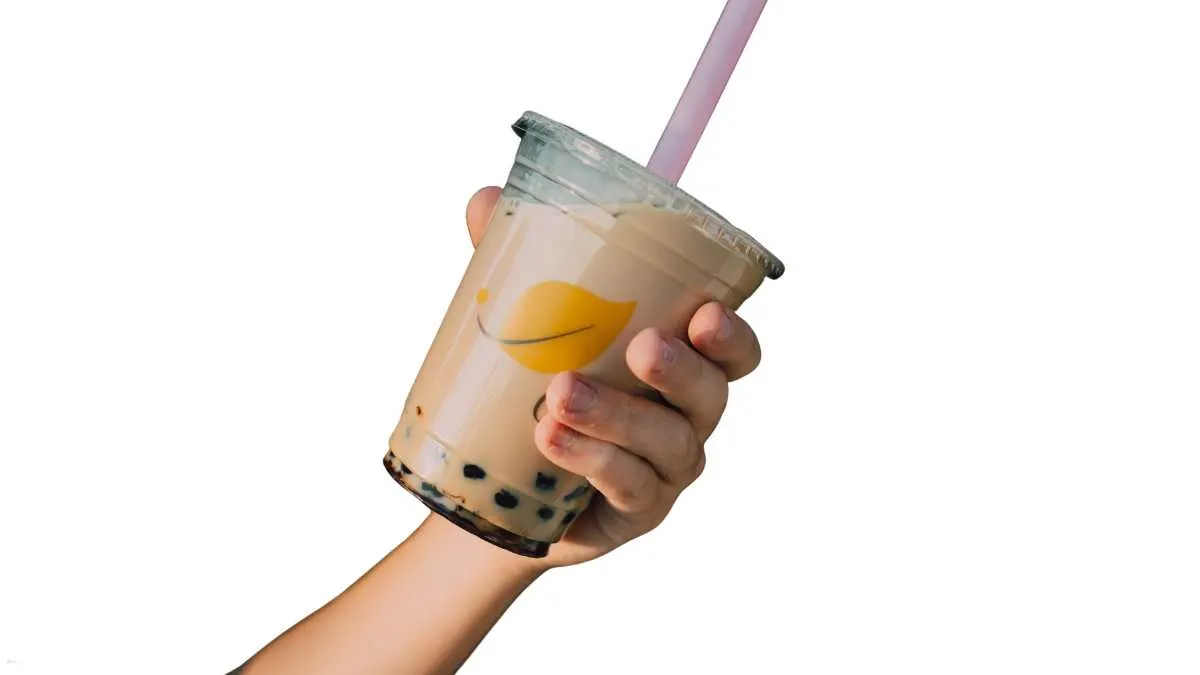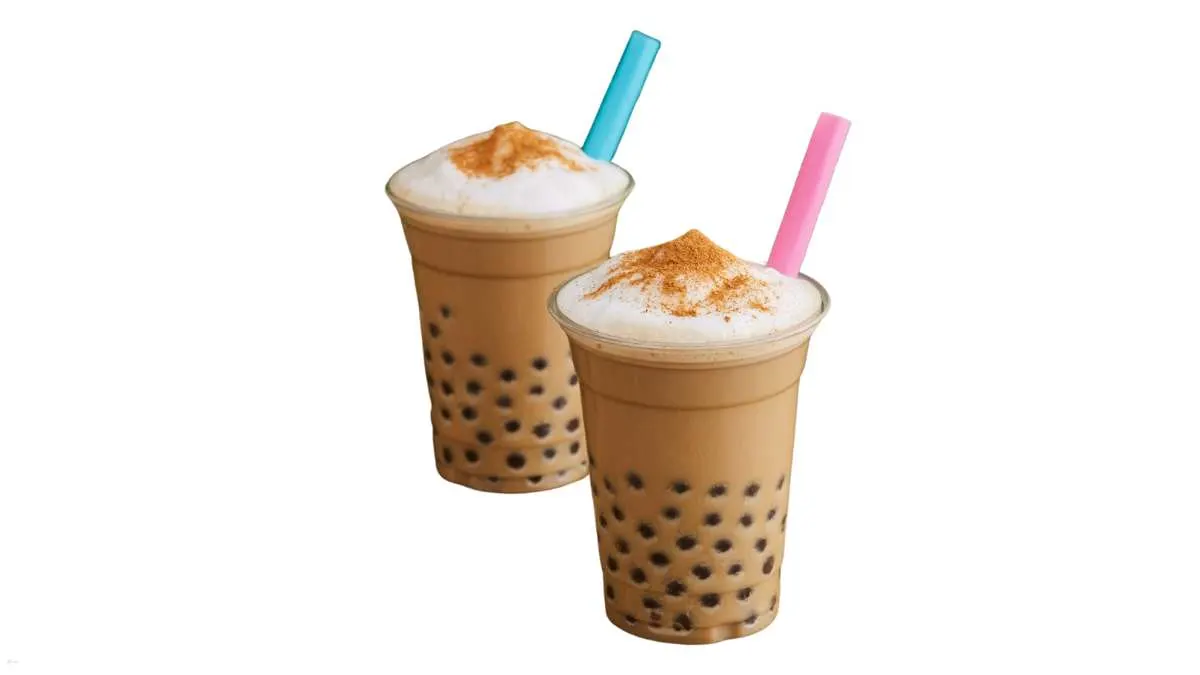Boba tea, also known as bubble tea, has evolved from a Taiwanese street food into a global cultural phenomenon. With its chewy tapioca pearls, sweet flavors, and customizable options, boba tea has captured the hearts of millions worldwide. In this comprehensive guide, we’ll explore the origins, popularity, health considerations, and how to enjoy boba tea responsibly.
What Is Boba Tea?
Boba tea is a tea-based drink that originated in Taiwan in the 1980s. It typically consists of brewed tea, milk or fruit flavorings, sweeteners, and chewy tapioca pearls known as “boba.” The drink is shaken to create a frothy texture and served with a wide straw to accommodate the pearls.
Over the years, boba tea has diversified into various flavors and toppings, including fruit jellies, aloe vera, and popping boba Wikipedia.
The Origins of Boba Tea:

The exact origin of boba tea is a subject of debate. One popular story attributes its creation to Lin Hsiu Hui, a product development manager at Chun Shui Tang tea house in Taichung, Taiwan. In 1988, she added tapioca pearls to her iced tea during a staff meeting, and the drink became an instant hit Wikipedia.
Another claim comes from Tu Tsong-he, the owner of Hanlin Tea Room in Tainan, who reportedly introduced tapioca pearls into tea in 1986 Wikipedia.
Regardless of its exact origin, boba tea quickly gained popularity in Taiwan and spread to other parts of Asia and the world.
Boba Tea’s Global Popularity:
Boba tea’s appeal lies in its versatility and social aspect. It’s not just a drink; it’s an experience. The global bubble tea market was valued at $2.75 billion in 2022 and is projected to reach $5.42 billion by 2030, growing at a compound annual growth rate (CAGR) of 8.9% Grand View Research.
In the United States, boba tea shops have become ubiquitous, especially in cities with large Asian-American populations. The rise of social media platforms like Instagram and TikTok has further fueled its popularity, with users sharing photos and videos of their colorful drinks.
Health Considerations:
While boba tea is delicious, it’s important to be mindful of its nutritional content. A typical serving can contain high levels of sugar and calories, primarily from the tapioca pearls and sweeteners Health.
Health experts caution that excessive consumption of sugary beverages like boba tea can contribute to health issues such as obesity, diabetes, and heart disease. Some studies have also linked the high sugar content of bubble tea to an increased risk of non-alcoholic fatty liver disease (NAFLD) The Times of India.
To enjoy boba tea responsibly:
-
Opt for reduced sugar or sugar-free versions.
-
Choose toppings like aloe vera or chia seeds instead of tapioca pearls.
-
Limit consumption to occasional treats rather than daily indulgence.
How to Make Boba Tea at Home:
Making boba tea at home allows you to control the ingredients and customize the flavors to your liking. Here’s a simple recipe to get you started:
Ingredients
-
1/4 cup tapioca pearls
-
1 cup brewed black or green tea
-
1/2 cup milk or dairy-free alternative
-
2 tablespoons sweetener (sugar, honey, or syrup)
-
Ice cubes
Instructions
-
Cook the Tapioca Pearls: Boil water in a pot and add the tapioca pearls. Cook according to the package instructions until they float to the surface. Drain and rinse with cold water.
-
Prepare the Tea: Brew your choice of tea and let it cool.
-
Assemble the Drink: In a glass, combine the cooked tapioca pearls, brewed tea, milk, sweetener, and ice cubes. Stir well.
-
Serve: Enjoy your homemade boba tea with a wide straw.
Last Words:
Boba tea is more than just a trendy beverage; it’s a cultural icon that brings people together over shared experiences. Whether you’re sipping it at a café with friends or enjoying a homemade version, boba tea offers a delightful escape from the ordinary.
Click More: Slimming Tea | Benefits, Ingredients, and How It Works
Call to Action:
- Ready to embark on your boba tea journey? Visit your local bubble tea shop or try making your own at home with our simple recipe.
- Share your creations on social media and join the global boba community!
FAQs:
Q1: Is boba tea suitable for vegans?
A1: Yes, boba tea can be made vegan by using plant-based milk alternatives and ensuring that the tapioca pearls are free from animal-derived ingredients.
Q2: Can I make boba tea without tapioca pearls?
A2: Absolutely! You can substitute tapioca pearls with other toppings like chia seeds, aloe vera, or fruit jellies for a different texture and flavor.
Q3: How can I reduce the sugar content in boba tea?
A3: Request less sugar or use natural sweeteners like stevia or monk fruit. You can also skip the sweetener entirely and rely on the natural flavors of the tea and toppings.
Q4: Is it safe to drink boba tea during pregnancy?
A4: While it’s generally safe, it’s advisable to consult with your healthcare provider before consuming boba tea during pregnancy, especially if it contains caffeine or high sugar levels.
Q5: Where can I find boba tea near me?
A5: Use online directories or apps to locate nearby bubble tea shops. Many establishments offer delivery services for your convenience.

